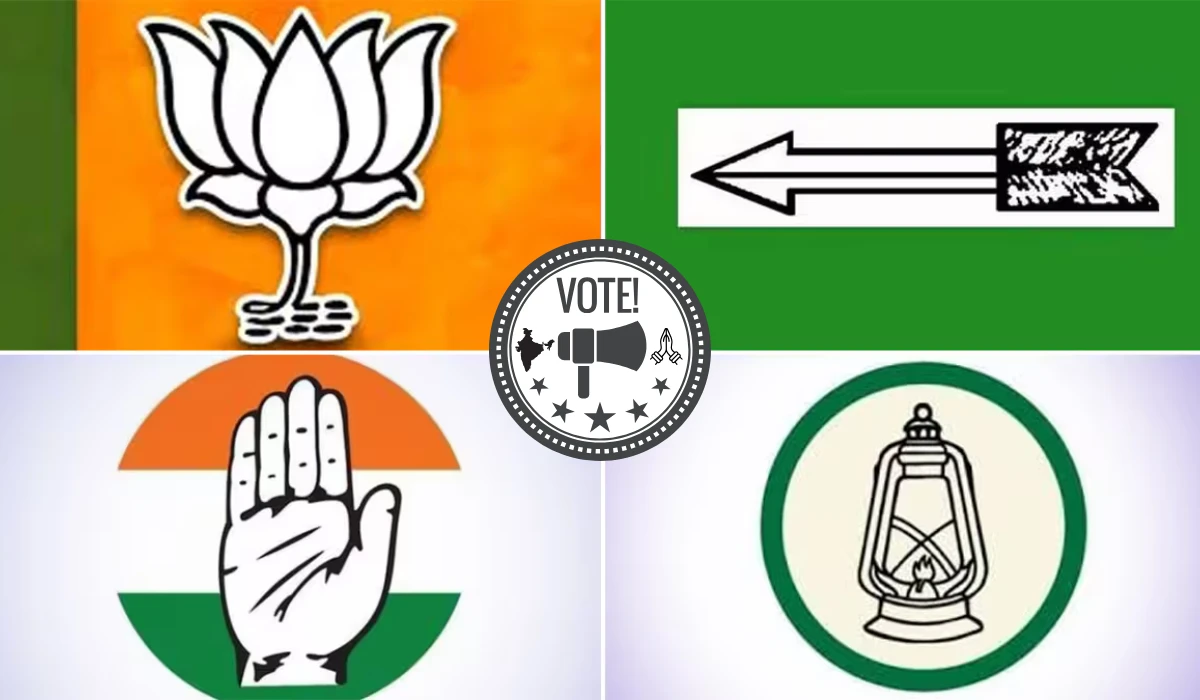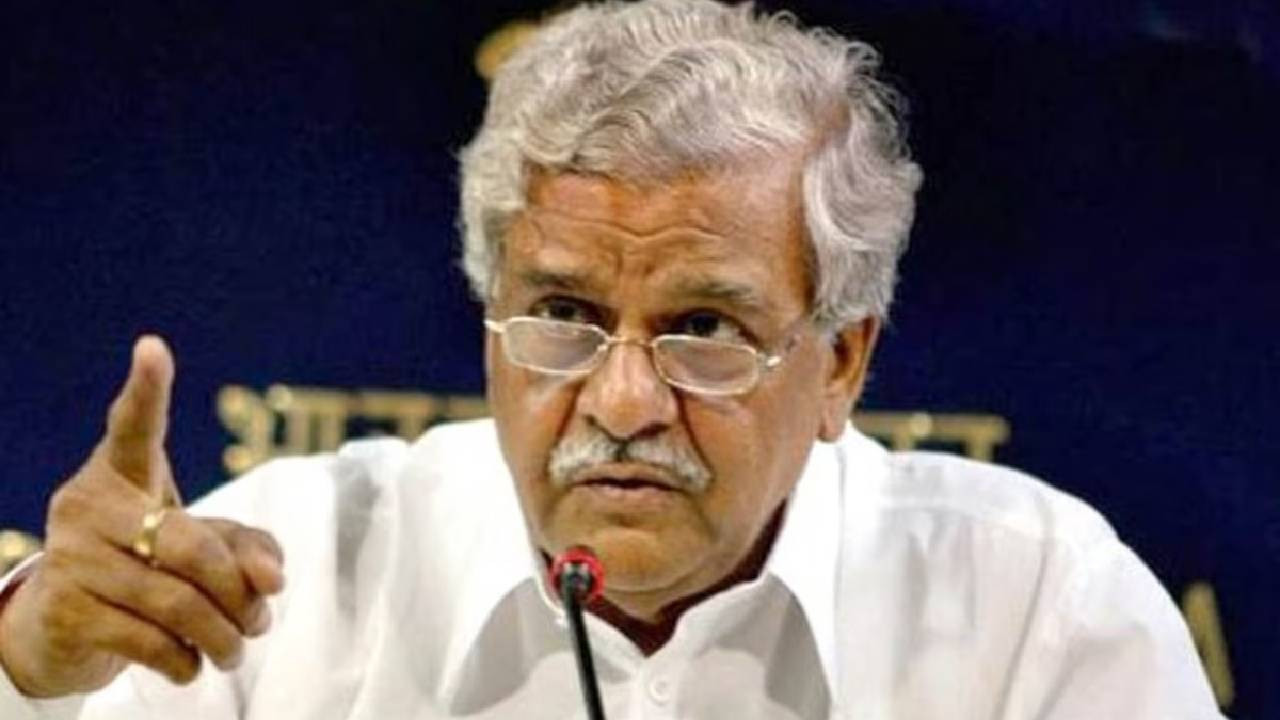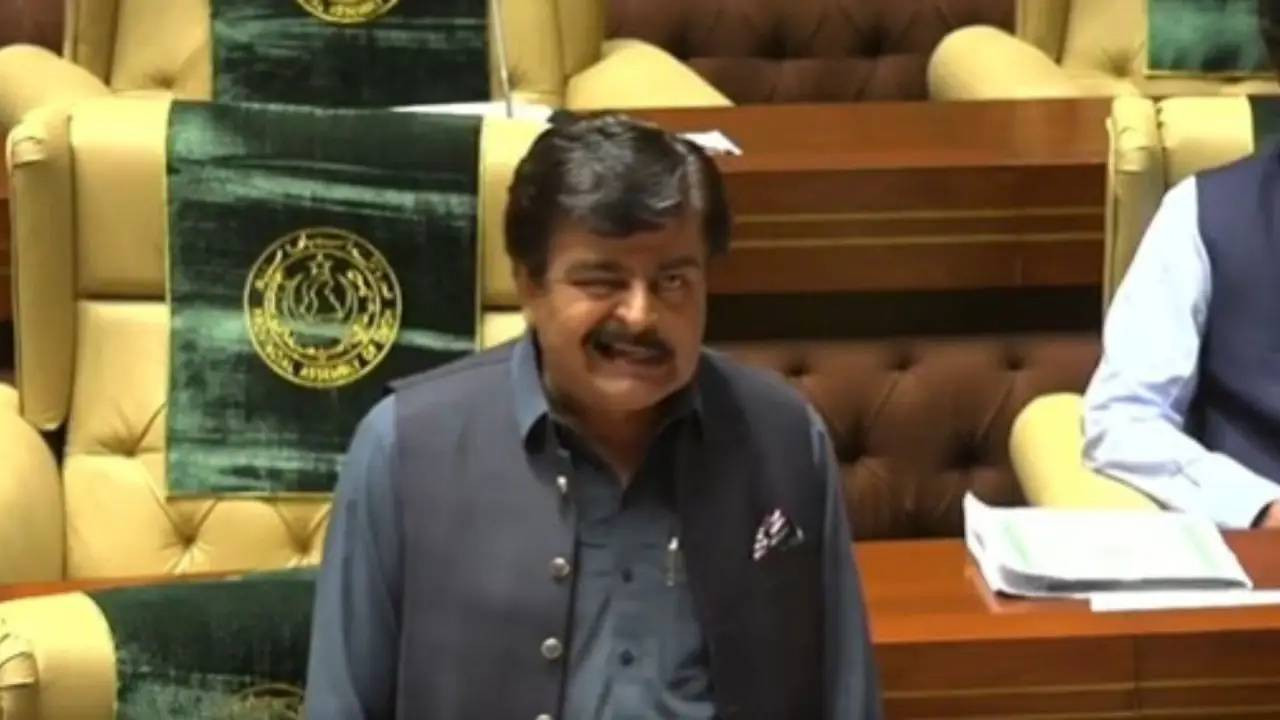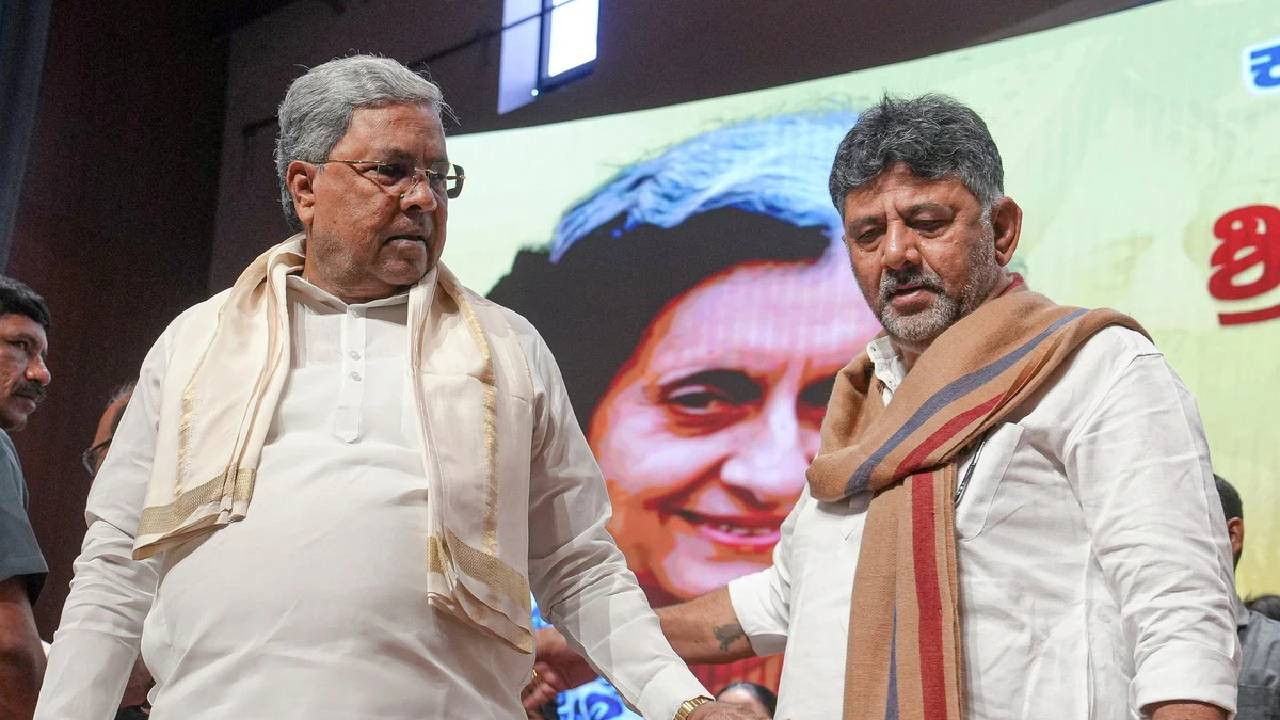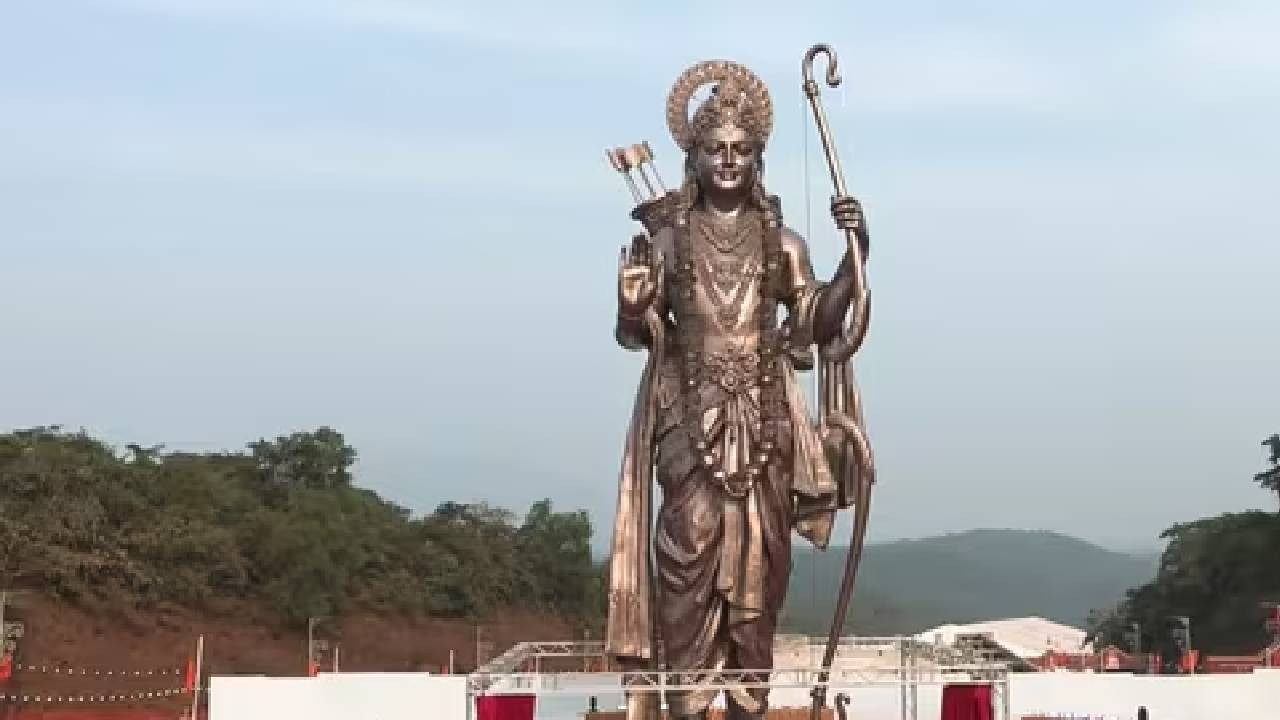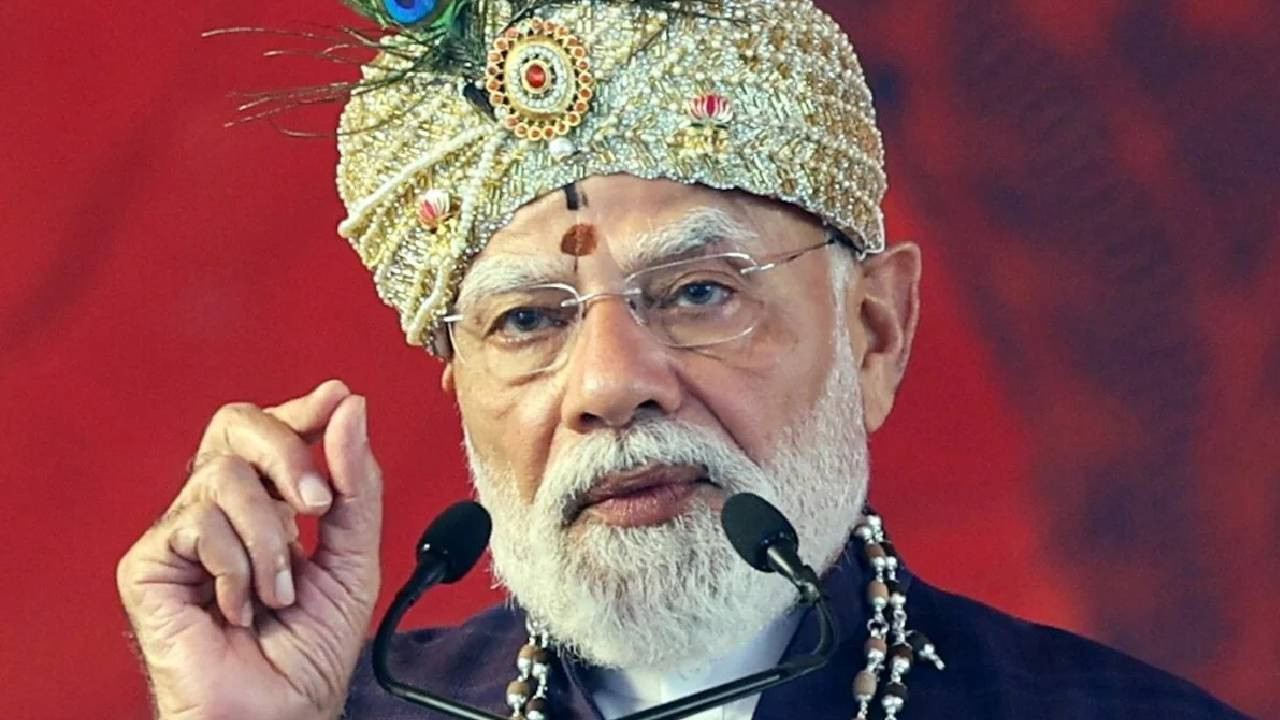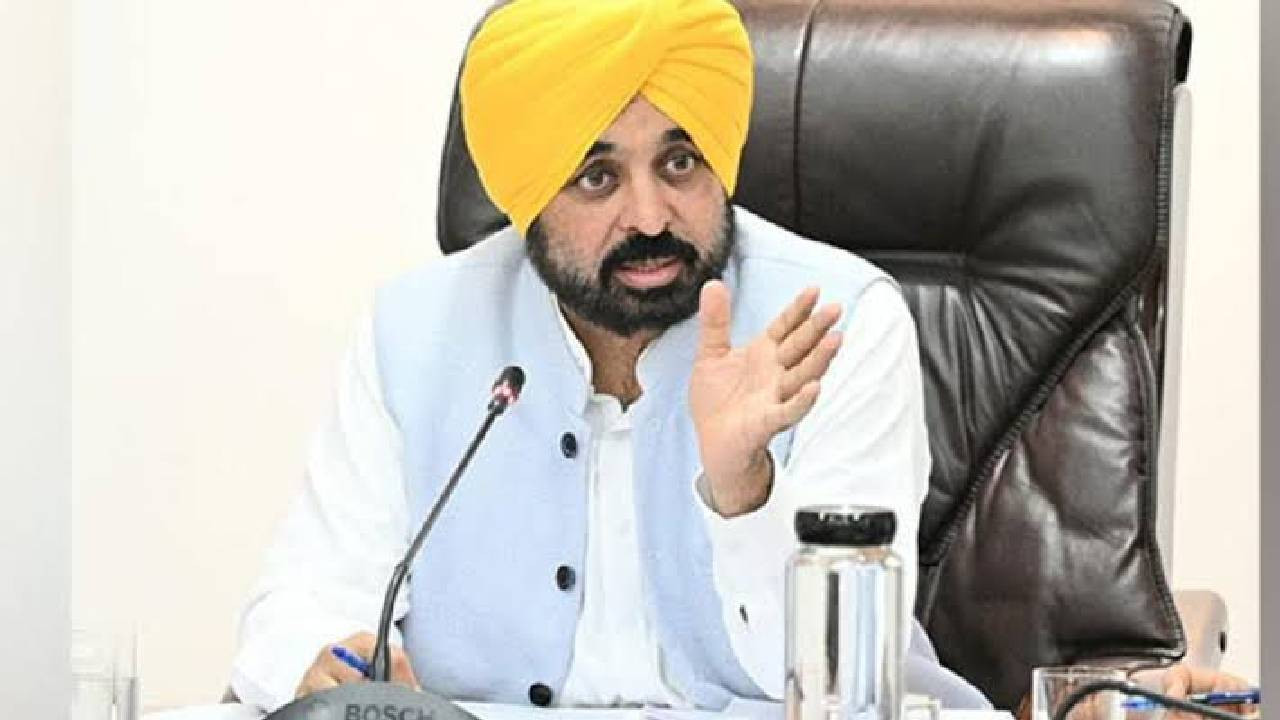In Indian politics, more so in Bihar, election symbols have an essence beyond the symbolic space that is represented on a ballot paper. They serve as potent tools of self, loyalty and identification. For a substantial portion of voters—especially those in rural locales—symbols such as the lantern, arrow, lotus, or hand prove more readily associable than the formal names of political parties. When I went on the rounds in the Bihar state, during the election business, I watched the following interesting thing: that the persuading political people did not always announce, I voted lalten, I stand by JD(U); but said, Humne lalten ko vote diya (We voted the lantern) or Humne teer par button dabaya (We pressed the arrow).This shows how symbols are the real language of elections in Bihar.
The History of Election Symbols in India
In 1950s, the Election Commission of India (ECI) proposed the concept of the election symbols to help the electorate recognize the party of their choice, especially the illiterate citizens.
- The literacy level in Bihar has mainly remained in the low position when compared to national average.
- Symbols play a critical role in making sure that all the voters whether educated or uneducated participate in the democratic process.
Why Election Symbols Are Crucial in Bihar Politics
1. High Rural and Semi-Literate Voter Base
A large section of Bihar’s voters live in villages, where visual memory often outweighs written names. For them, the lantern, arrow, or lotus is not just a symbol—it is the identity of a party.
2. Strong Emotional Connect with Symbols
Some symbols in Bihar have gained mythical status:
- Lantern (RJD): Being perceived as a source of light to the poor, it fits Lalu Prasad Yadav brand of politics of social justice.
- Arrow (JD-U): It reflects concentration, orientation and a leadership culture of Nitish Kumar.
- Lotus (BJP): A nationalistic and religiously symbolic portrayal that appeals to the very nature of the voters within BJP.
- Hand (Congress): Once a dominant force, still remembered by older voters.
3. Campaign Communication and Identity
In crowded rallies, posters, and wall paintings, it’s not easy to print long names or slogans. But a single symbol can speak volumes. For example:
- A wall with hundreds of painted lanterns immediately reminds voters of RJD.
- Campaign songs and slogans in Bihar often repeat the symbol more than the party’s name.
4. Loyalty Passed Through Generations
In Bihar, political loyalty often passes from one generation to the next. Villagers sometimes tell their children, “Our family has always voted for the lantern”. Over decades, the symbol becomes part of family tradition and political culture.
5. Party Splits and Symbol Battles
Bihar has seen many splits and defections. In such cases, the battle for the official party symbol becomes crucial. For example:
- When JD(U) faced splits, the fight for the “arrow” was a headline issue.
- Without their original symbol, breakaway factions struggle to gain recognition among voters.
Case Studies: Bihar’s Most Iconic Election Symbols
Lantern (RJD)
Lantern was introduced along with Rashtriya Janata Dal in 1997 by Lalu Prasad yadav, and came to represent the enlightenment of economically poor and backward castes. The lantern still has a very highly emotional meaning even today in distant villages where there is often a lack of electricity supply.
Arrow (JD-U)
Lantern was introduced along with Rashtriya Janata Dal in 1997 by Lalu Prasad yadav, and came to represent the enlightenment of economically poor and backward castes. The lantern still has a very highly emotional meaning even today in distant villages where there is often a lack of electricity supply.
Lotus (BJP)
The BJP’s lotus has both religious and cultural roots. It represents purity and can relate to the Goddess Lakshmi to a large percentage of Hindu voters. This federation has enabled the Bharatiya Janata Party to form its support base in this state of Bihar.
Hand (Congress)
The hand symbol was once the most recognized in Bihar during the Congress era. Although the party’s influence has reduced, the hand still carries historical value among older voters.
The Psychology Behind Symbols
Election symbols are not just graphics. They carry layers of meaning:
- Easy Recall: Symbols are easier to remember than names, especially for first-time voters.
- Visual Loyalty: People recognize the symbol even on flags, stickers, or painted walls.
- Cultural Connection: Many symbols connect with daily life in Bihar (lantern, arrow).
The Role of Election Commission
The Election Commission plays a critical role in allotting and protecting symbols. Once a party is recognized, its symbol becomes a legal identity. Disputes over symbols often go to the Commission, especially after party splits.
Future of Symbols in Bihar Politics
Even though literacy levels are rising and digital campaigns are growing, symbols will continue to dominate Bihar politics for decades.
- Symbolic imagery in form of murals and banners is still more powerful in rural community than other type of advertisement shared through the social media.
- The symbols will also not be quite superfluous to the unproven electorate since most often, they rely on the visual stimulus instead of ideological argument.
Expert Opinions
“In Bihar, a party without its symbol is like a shop without a signboard. Voters don’t read manifestos; they recognize symbols.” – Dr. Arvind Kumar, Political Analyst
“The lantern, arrow, or lotus is not just a mark on a ballot; it’s a cultural identity. In many villages, these symbols are painted months before elections.” – Ritu Singh, Journalist covering Bihar politics
FAQs on Election Symbols in Bihar
Q1: Why are election symbols so important in Bihar?
Because many voters identify parties through symbols, not names.
Q2: Who decides the election symbols?
The Election Commission of India.
Q3: Can two parties have the same symbol?
No, recognized parties have unique symbols. Independent candidates may get free symbols.
Q4: Why is the lantern associated with RJD?
It symbolizes light for the poor and reflects RJD’s focus on social justice.
Q5: Do urban voters also care about symbols?
Yes, but the impact is strongest in rural and semi-urban areas.
Conclusion
The two-dimensional election symbols represent not only drawings on an EVM, but also embodiments of living identities of parties, feelings and traditions in Bihar. Symptoms are the real lingua franca of politics in the area, whether rural symbolised by the lantern, or by the arrow denoting direction, or by the lotus growing in the cultural imagination. Until such time when the politics of the Indian state of Bihar establish themselves on the basis of strong identities and mobilisation of the rural population, the election symbols will keep on deciding the fate of the people and parties.



